From October 11 to 13, the European Federation of Journalists (EFJ), together with the National Union of Journalists of Ukraine (NUJU), are holding a photo exhibition titled Ukraine: Journalists in War Zones in the capital of France [Ukraine: Journalistes en Zones de Guerre].
The exhibition in Paris is dedicated to the realities of the russian-Ukrainian war and the work of journalists in dangerous conditions. And this exhibition is part of NUJU‘s initiative to organize an international tribunal against russia for crimes against journalists and mass media.
Particular attention was paid to journalists killed while performing their professional duty.
“Since the beginning of the full-scale russian invasion of Ukraine, 16 journalists have been killed while performing their professional duties. In total, over 70 media workers, both civilian victims of russian aggression and journalists mobilized into the army, have been killed. Our exhibition is a tribute to our fallen colleagues,” said Sergiy Tomilenko, the President of the NUJU, at the opening of the exhibition. “Journalists at war deliberately work in extraordinary conditions. In the last few months alone, there have been three attacks on the cars of journalists who are preparing materials on the front line. And a week ago, a russian missile hit a Kharkiv hotel where journalists from different countries and representatives of international missions lived.”
The photos presented at the exhibition reflect the work of journalists in different cities and regions of Ukraine: Kharkiv Region, Kramatorsk, Orikhiv, Zaporizhzhia Region, Kherson Region, Bucha, Bakhmut, Uman, Borodianka, Chernihiv, Dnipro, Izium, Donetsk Region, Mariupol, Lyman…
In one of the photos, residents of front-line Orikhiv embrace Svitlana Karpenko, the editor of the local newspaper Trudova Slava, who brought them copies of her publication. In the front-line areas, where there is often no electricity and mobile communication, the printed press becomes almost the only means of information. With the assistance of the NUJU, it was possible to resume the printing of 29 front-line local newspapers.
The exhibition presents 26 photographs, including, in particular, the works of the Pulitzer Prize and World Press Photo laureate, Ukrainian photographer Yevhen Maloletka, photographer of the Associated Press news agency in Ukraine Efrem Lukatsky, famous Ukrainian military photographers Kostiantyn Liberov and Vlada Liberova (LIBKOS), and Yan Dobronosov.
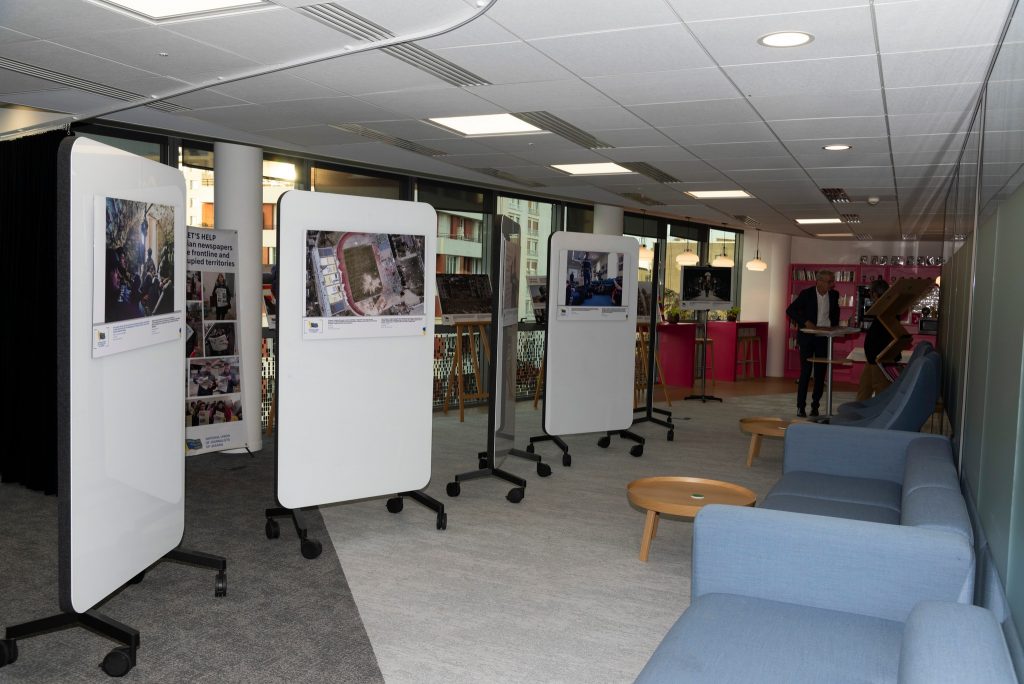
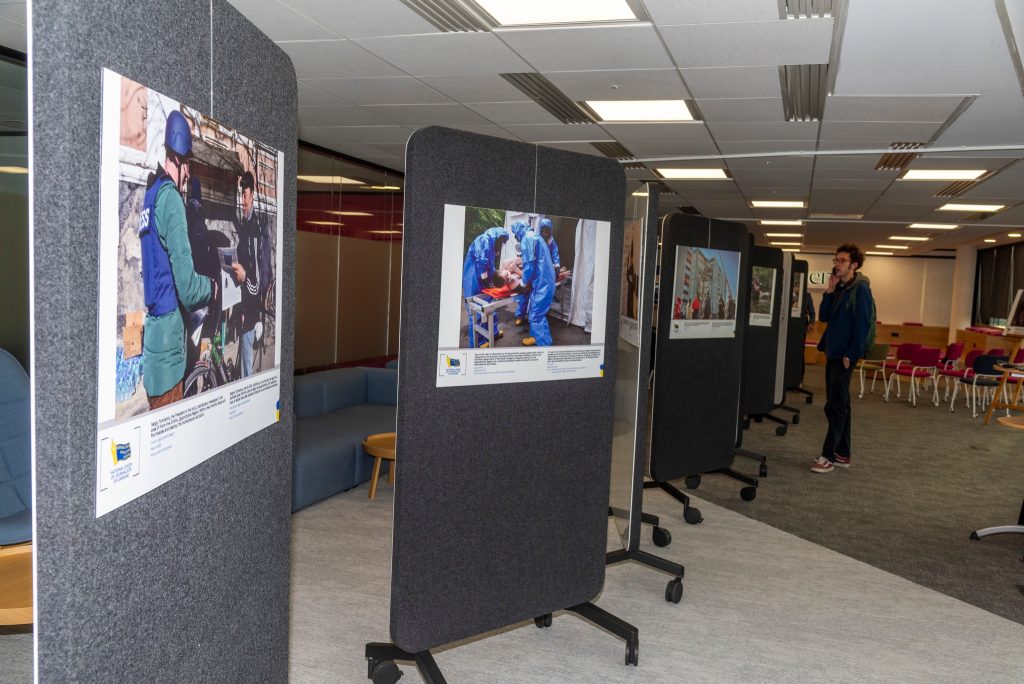
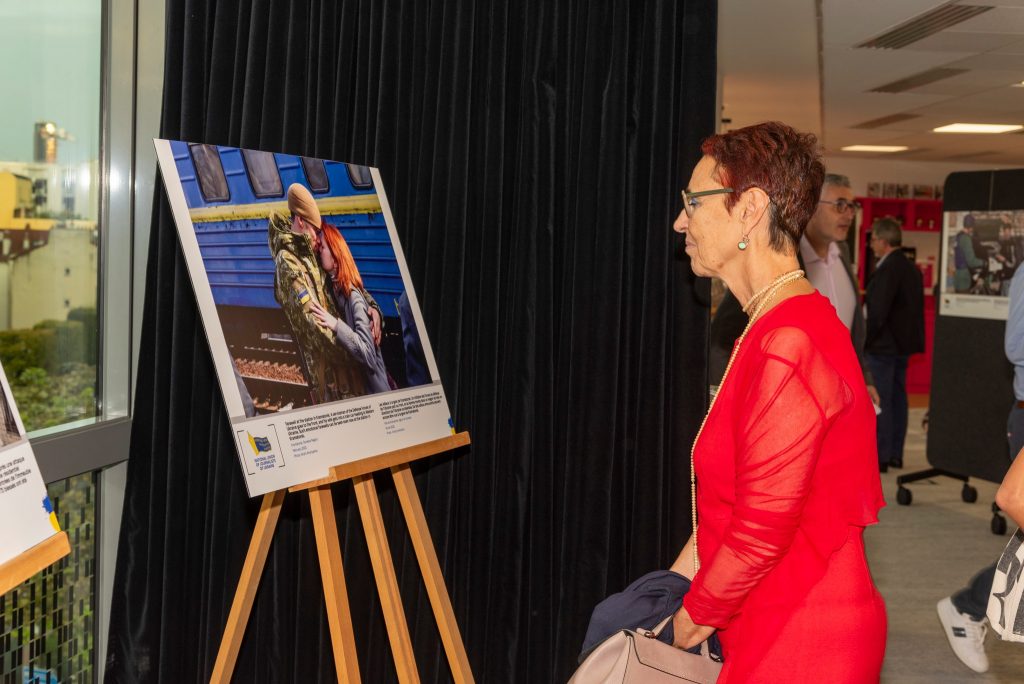
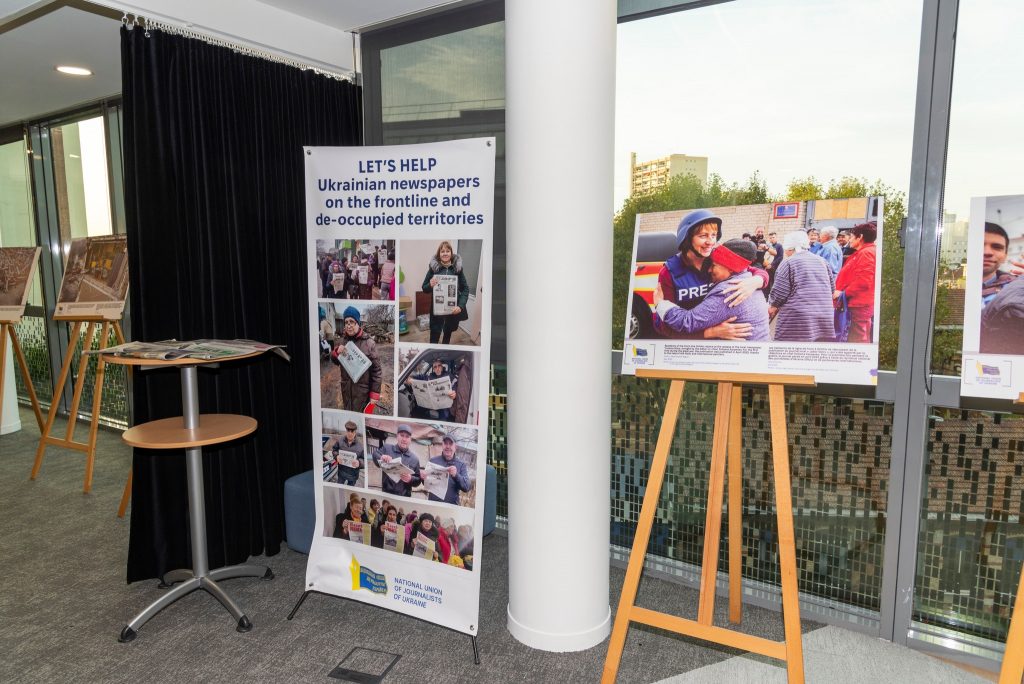
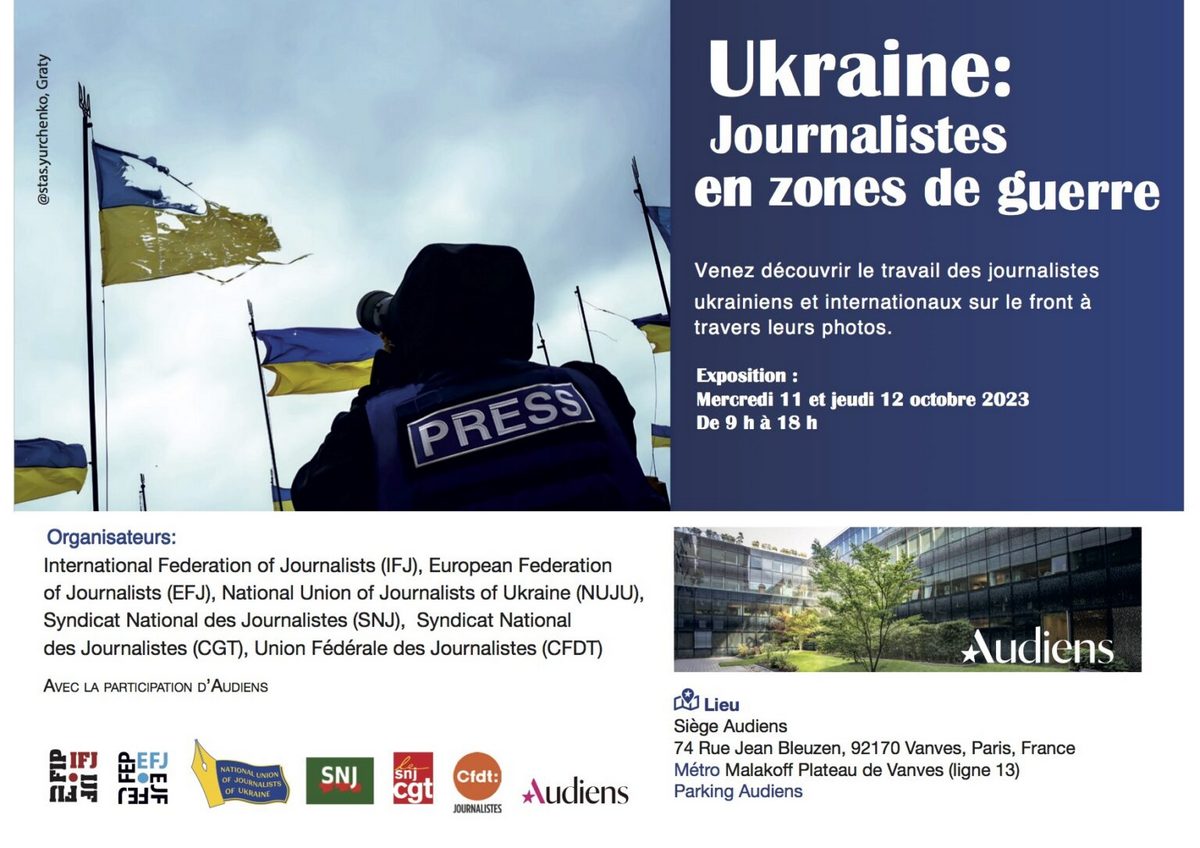
The main task of the exhibition is to draw the attention of the world public to the work of journalists during the war and the need to punish war crimes.
The opening was attended by representatives of the French media, in particular, colleagues of French journalists Frédéric Leclerc-Imhoff and Arman Soldin, killed in Ukraine, heads of French trade unions of journalists, and members of the executive committee of the EFJ.
During the official opening, a video was shown about the work of journalists during the war in Ukraine, their working conditions, and how the NUJU helps Ukrainian and international media in their work on the front lines.
“The NUJU provides colleagues going on business trips to particularly dangerous regions of Ukraine with personal protective equipment such as bulletproof vests, helmets, as well as tactical first-aid kits. In addition, we conduct the necessary training and education,” Sergiy Tomilenko noted. “And thanks to the strong support of the IFJ and EFJ, UNESCO, we managed to deploy a network of Journalists’ Solidarity Center, whose activities are aimed at helping our colleagues who have suffered or are in need of support in war conditions.”
Guilherme Canela, the Chief of the section of Freedom of Expression and Safety of Journalists at UNESCO headquarters in Paris, spoke about the participation of this international organization in measures to support journalists and the media of Ukraine. He also focused on the role of UNESCO in the fight against impunity for crimes committed against journalists.
“But it is impossible to fight impunity if crimes are not documented. That is why we need images, accurate documents, and information from investigative journalists, law enforcement officers, and forensic experts. We should work on this today,” Guilherme Canela added.
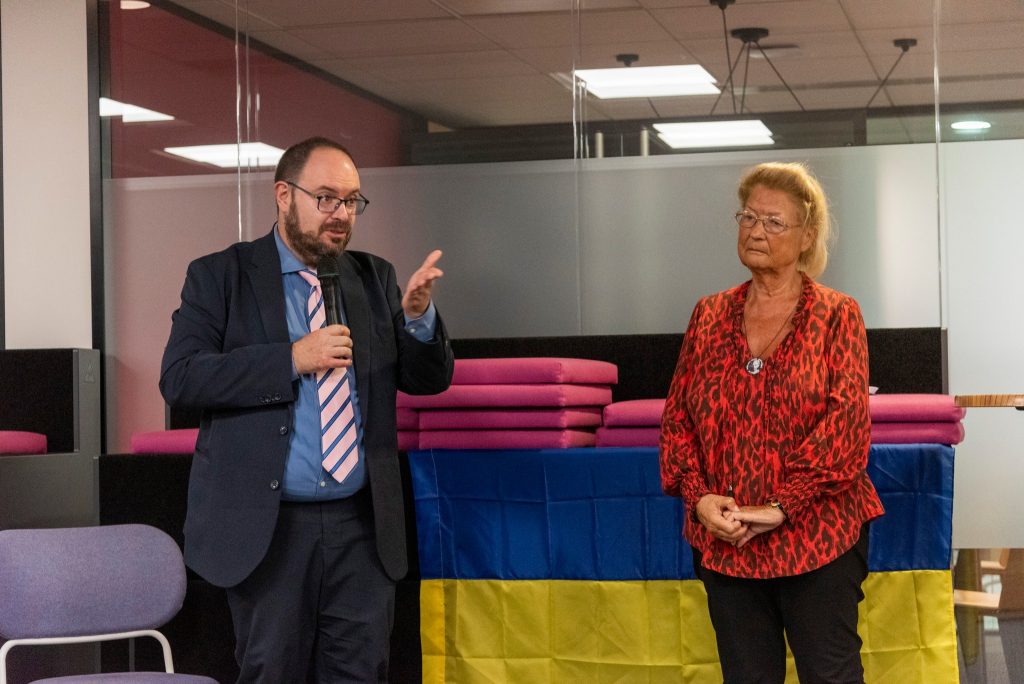
The EFJ President, Maja Sever, emphasized the importance of the work done by courageous Ukrainian journalists.
“In a world where conflicts are raging in different corners of the globe (the other day we witnessed the horrors unfolding in the Middle East), you and your colleagues, who took the photos and stories presented in the exhibition, make sure that the suffering of Ukrainians is not forgotten. As journalists, we will always give our support,” said Ms. Sever.
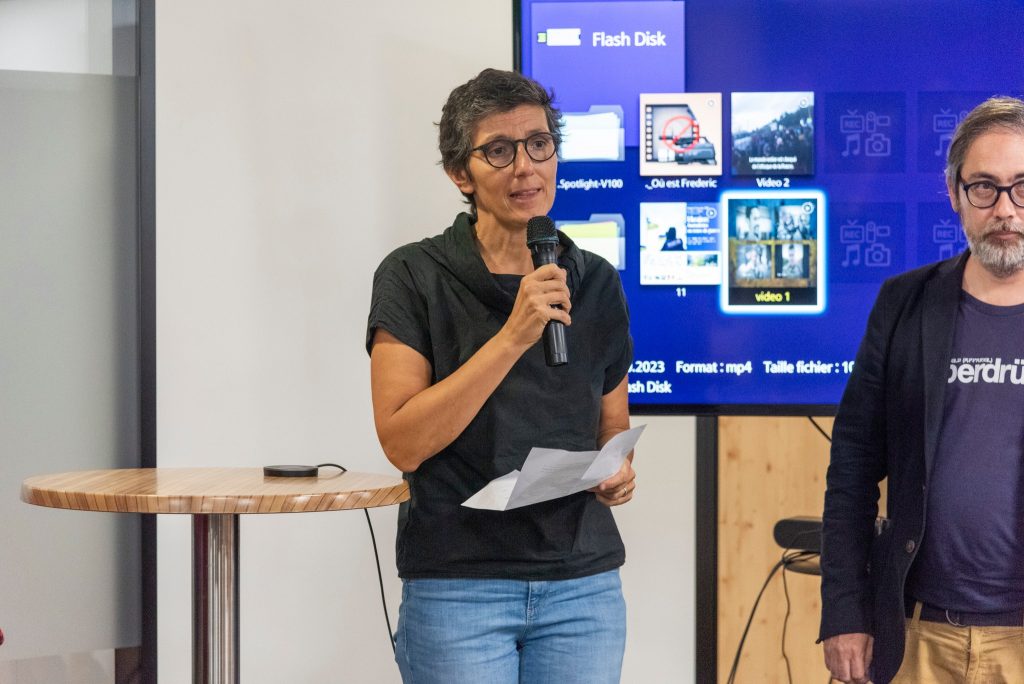
She also thanked Ukrainian journalists “for their strength, love, and courage in reporting the truth to the world.”
The leaders of the French Trade Union of Journalists, IFJ President Dominique Pradalié, representatives of the newspaper Le Figaro, and Agence France-Presse spoke at the opening of the exhibition. The latter presented the NUJU with an almanac in memory of Arman Soldin, who was killed in Ukraine.
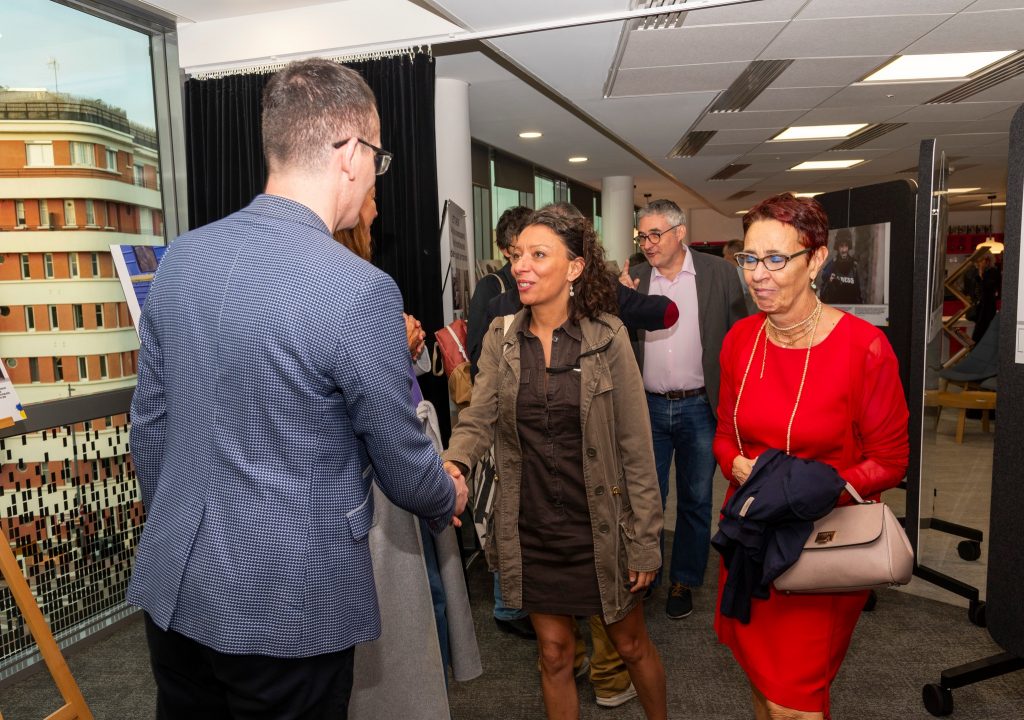
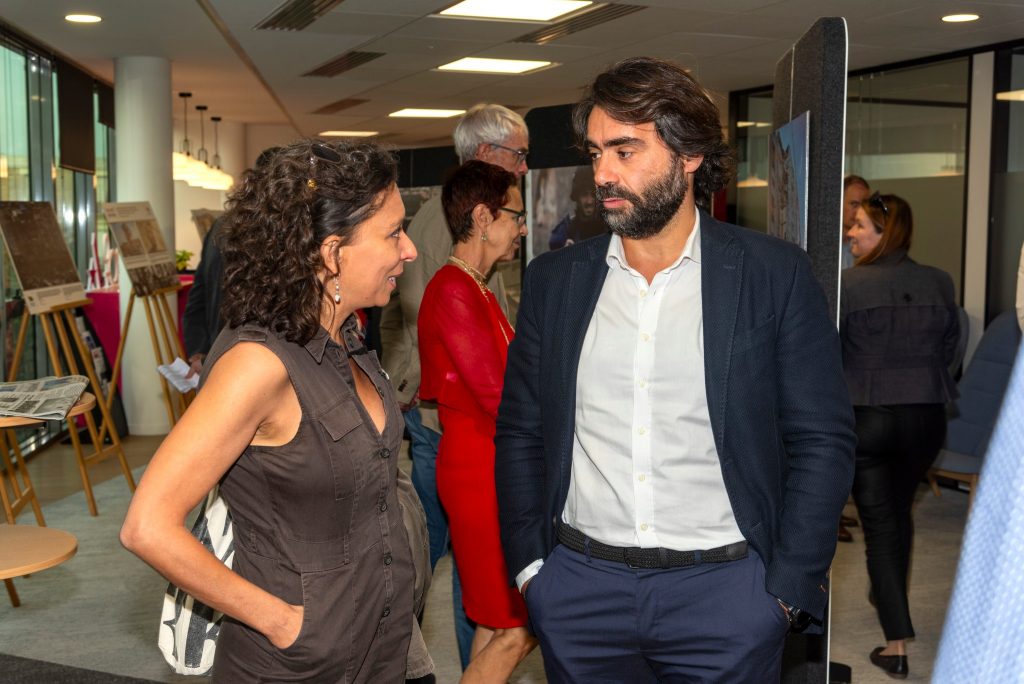
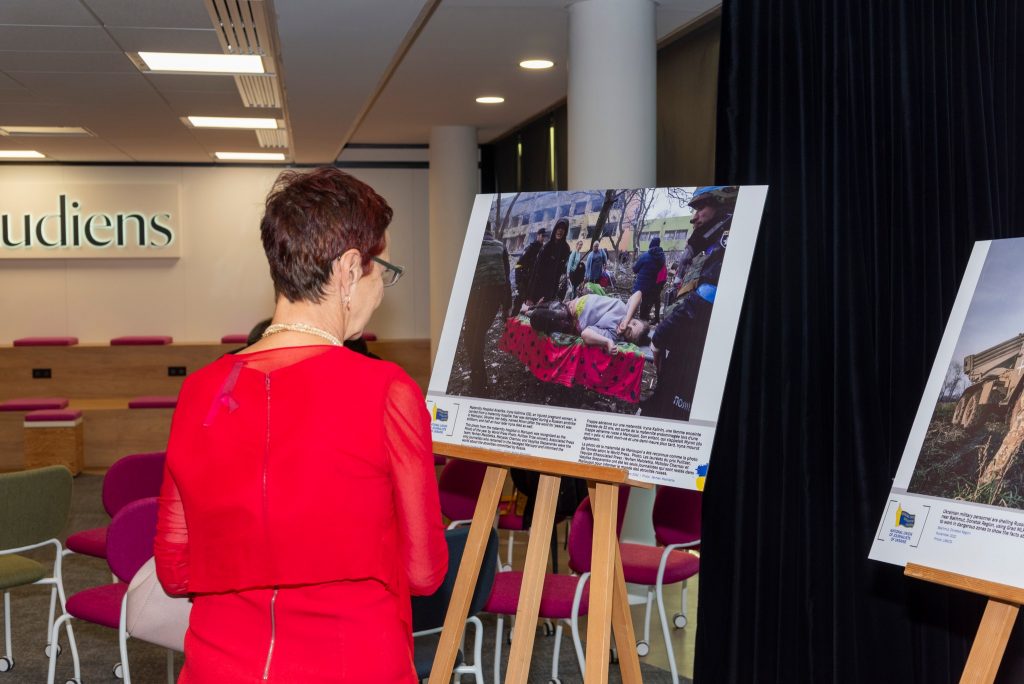
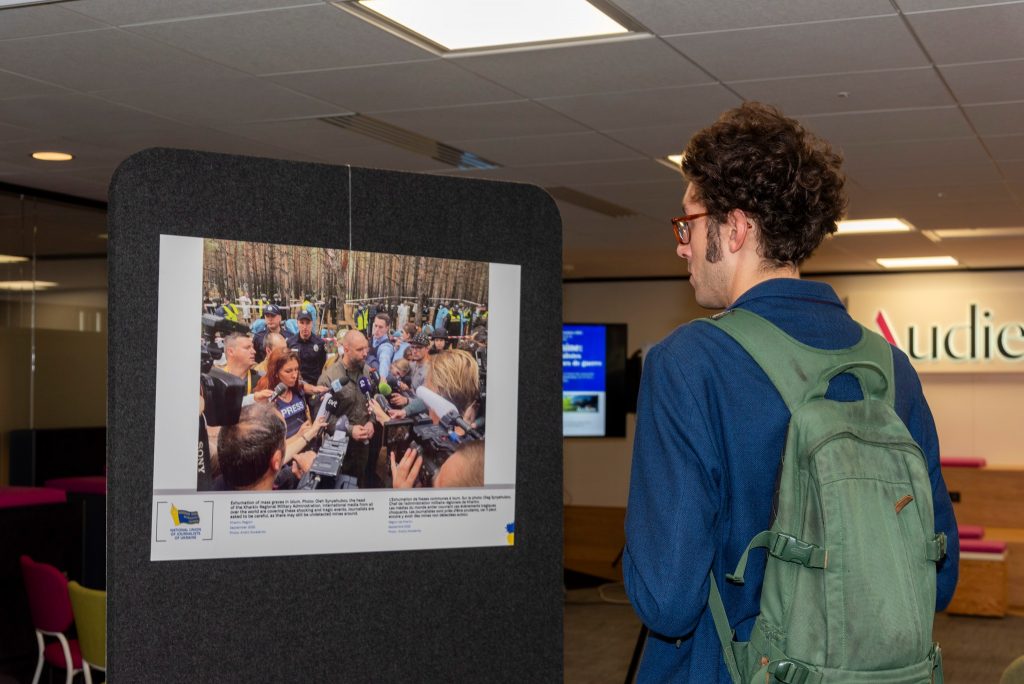
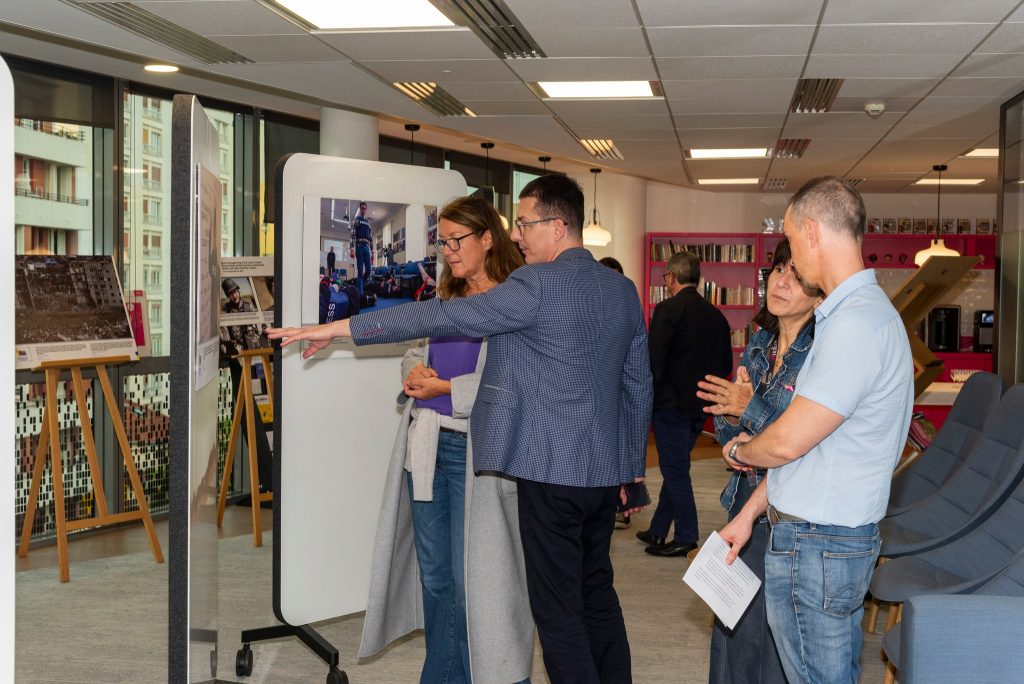
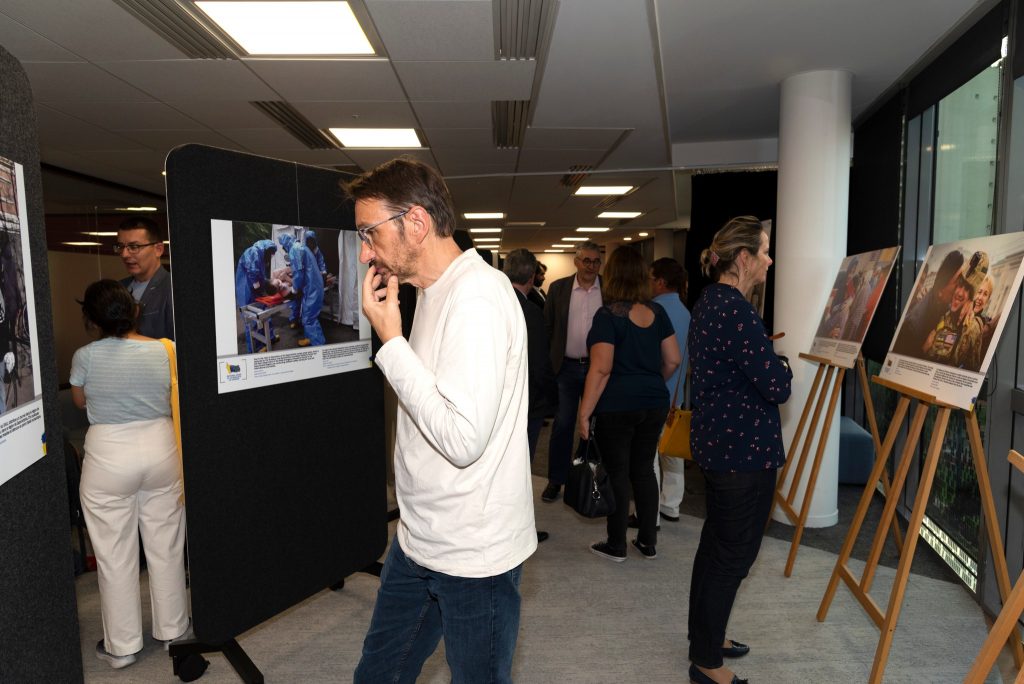
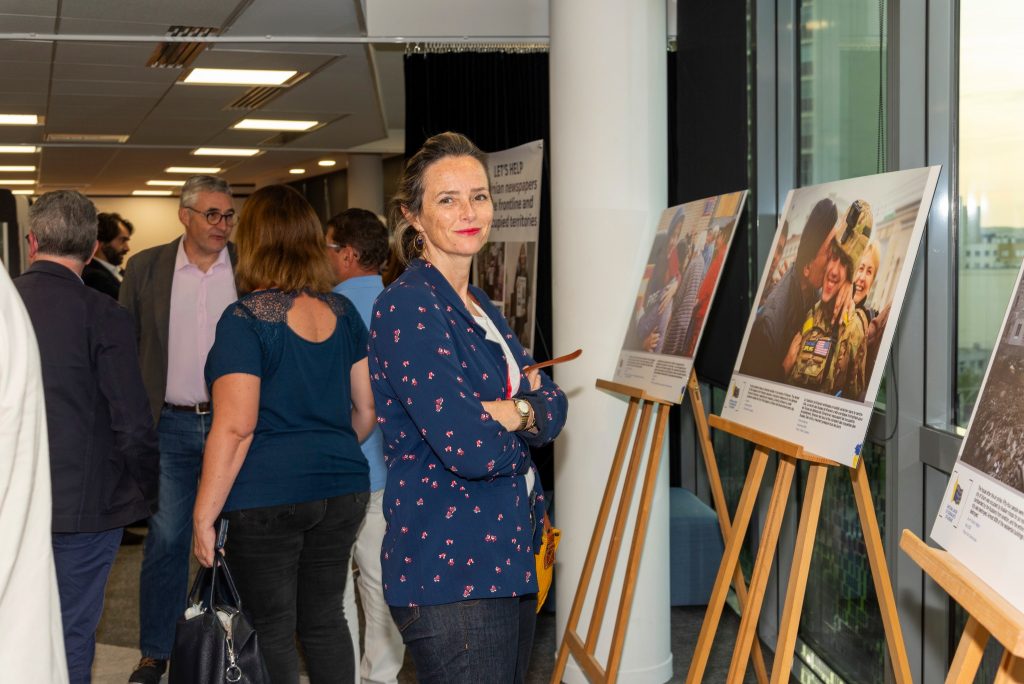
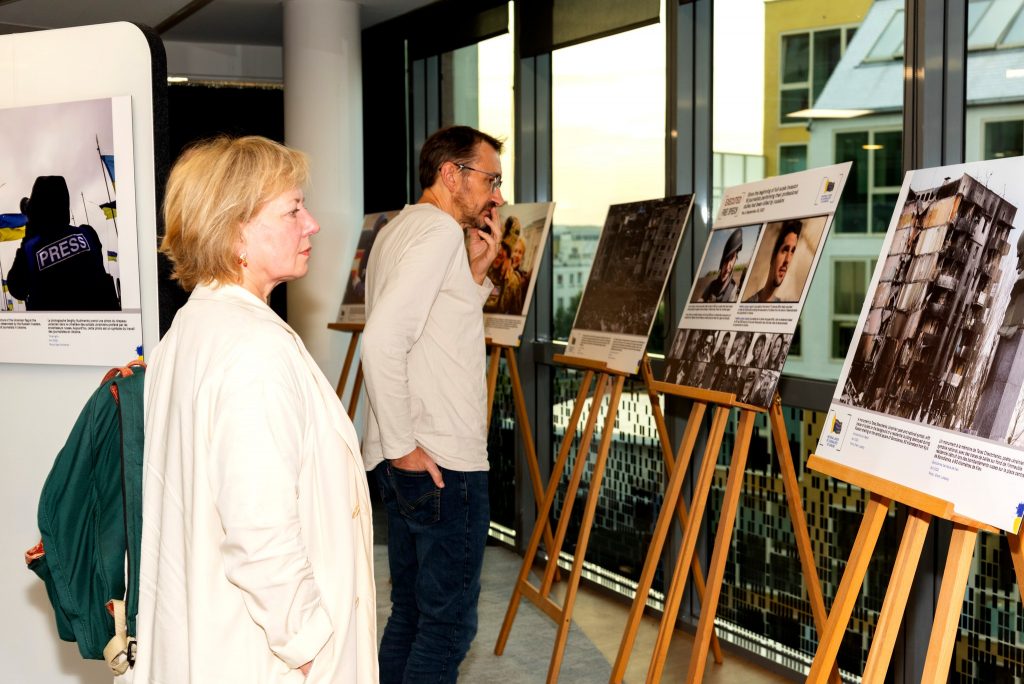
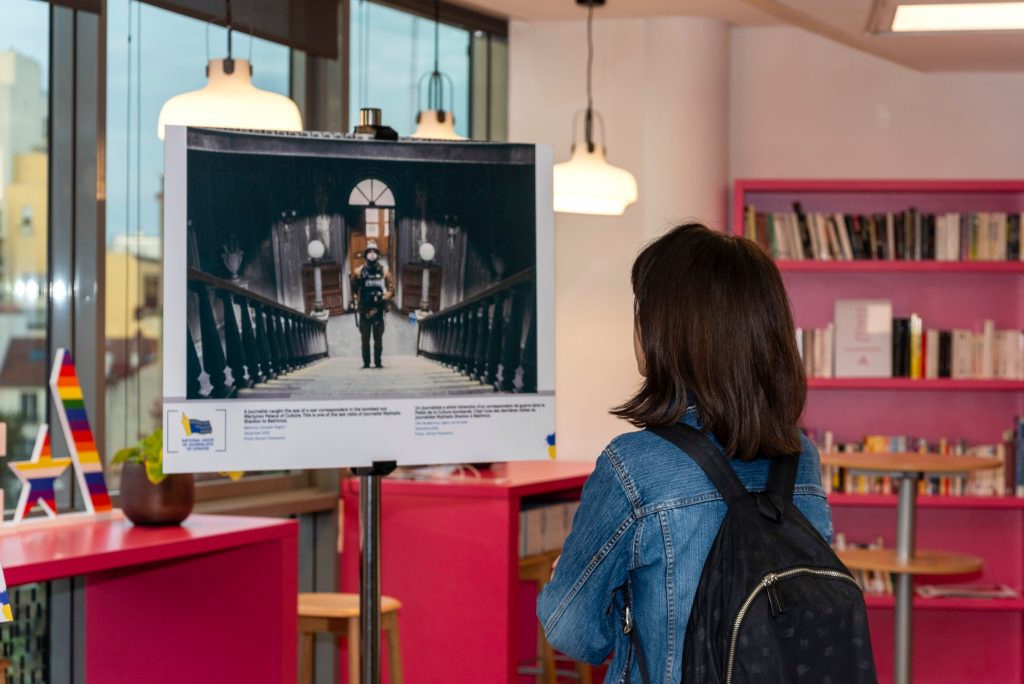
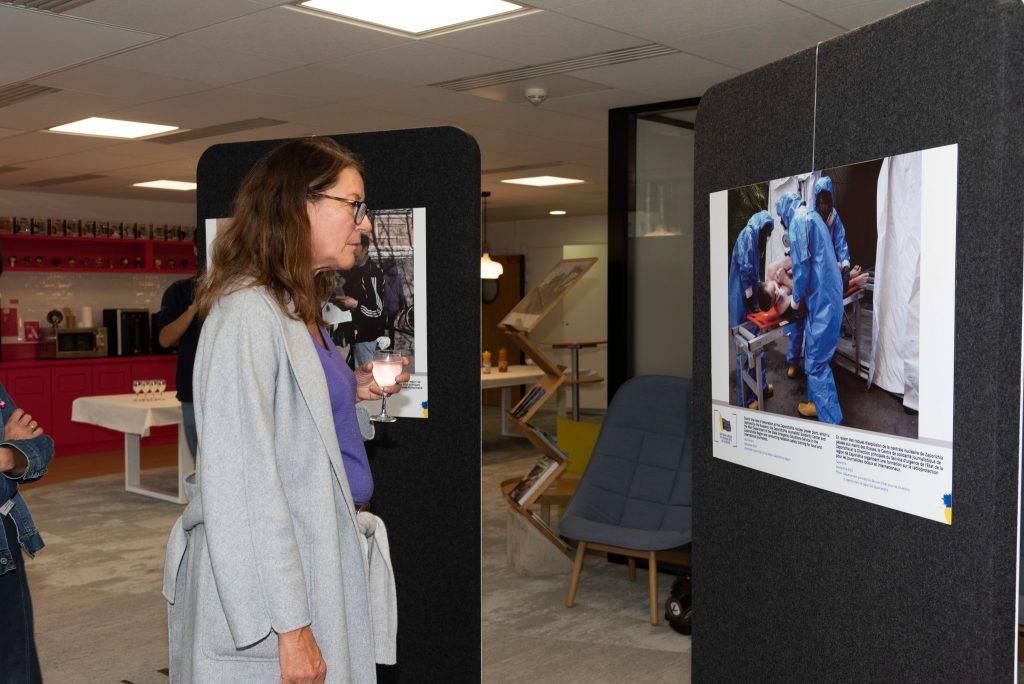
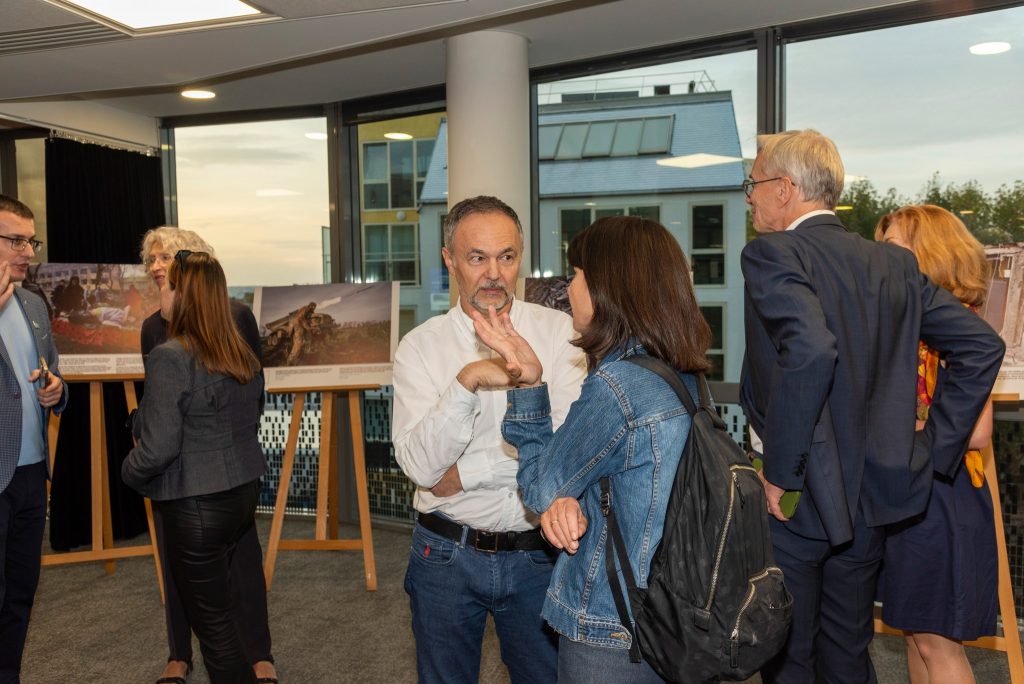
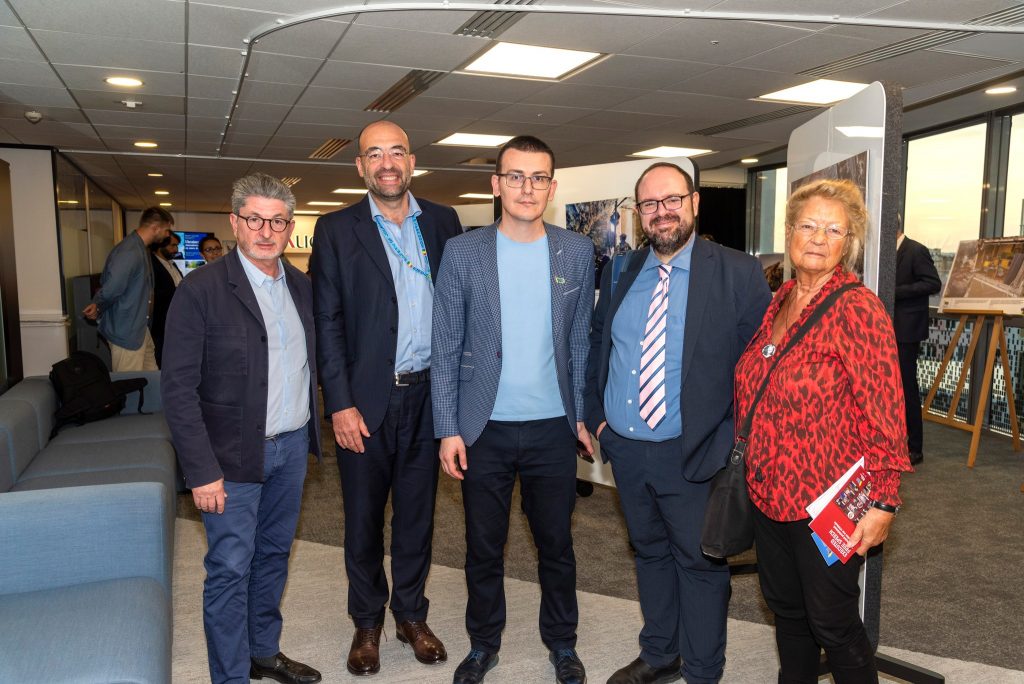

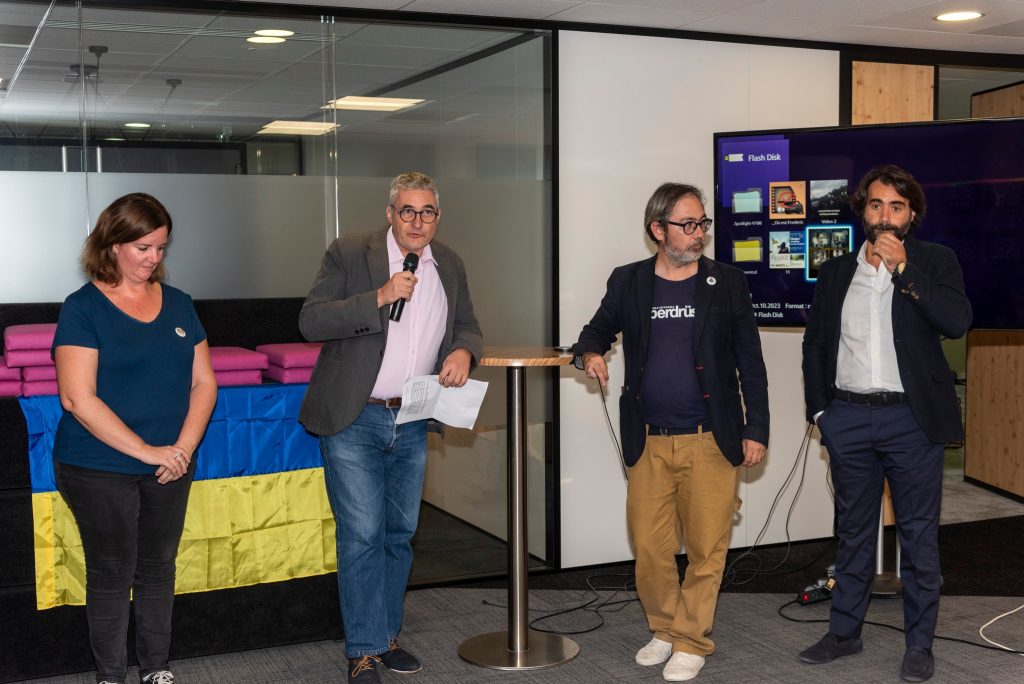
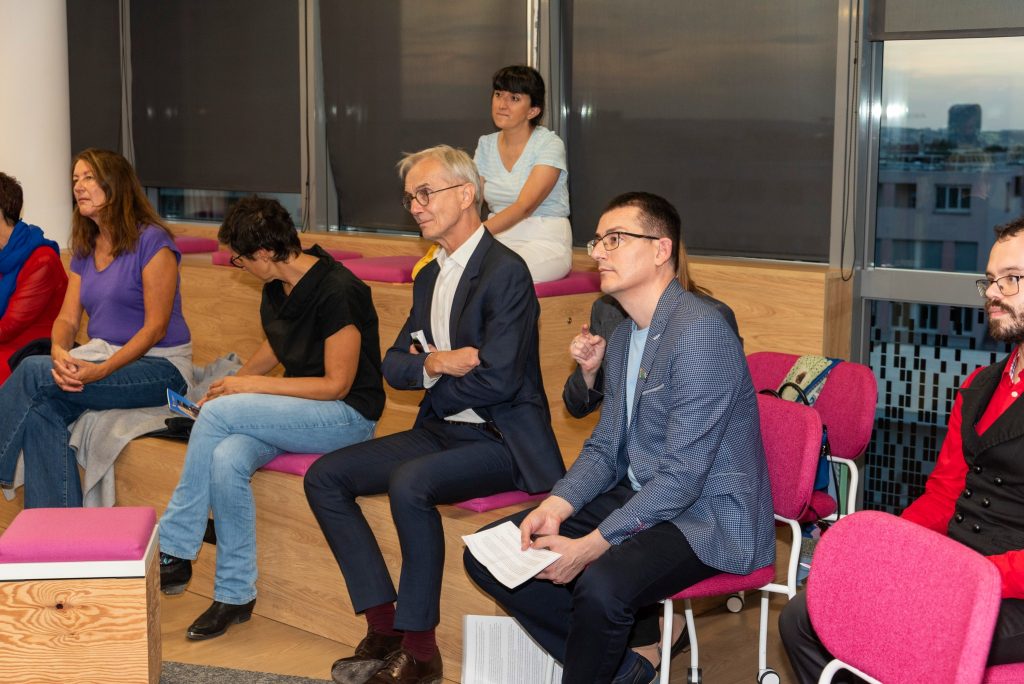

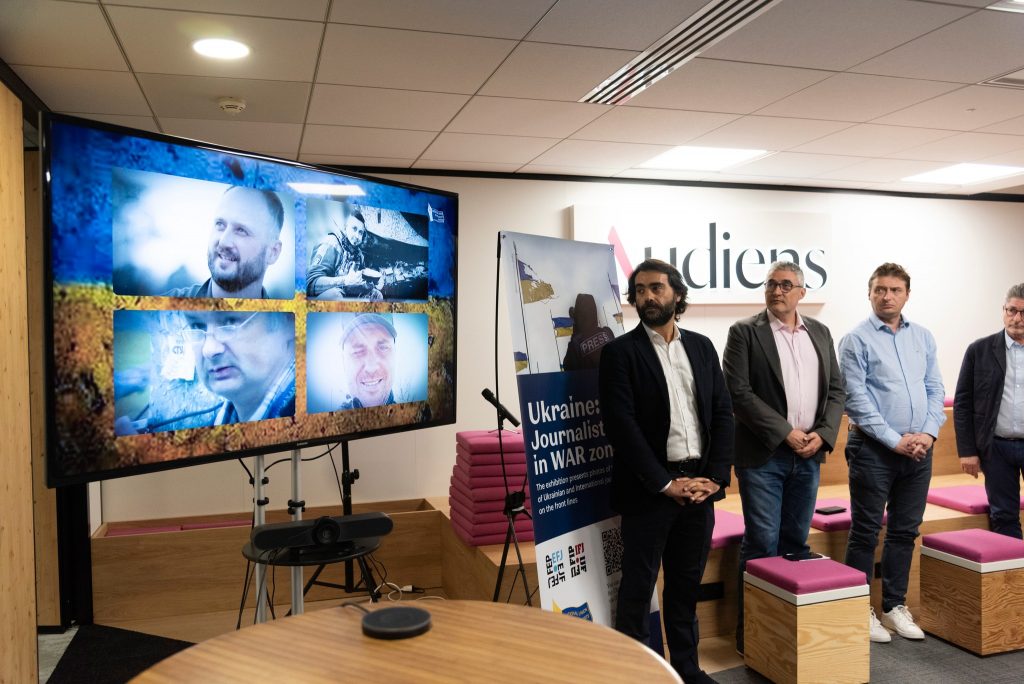
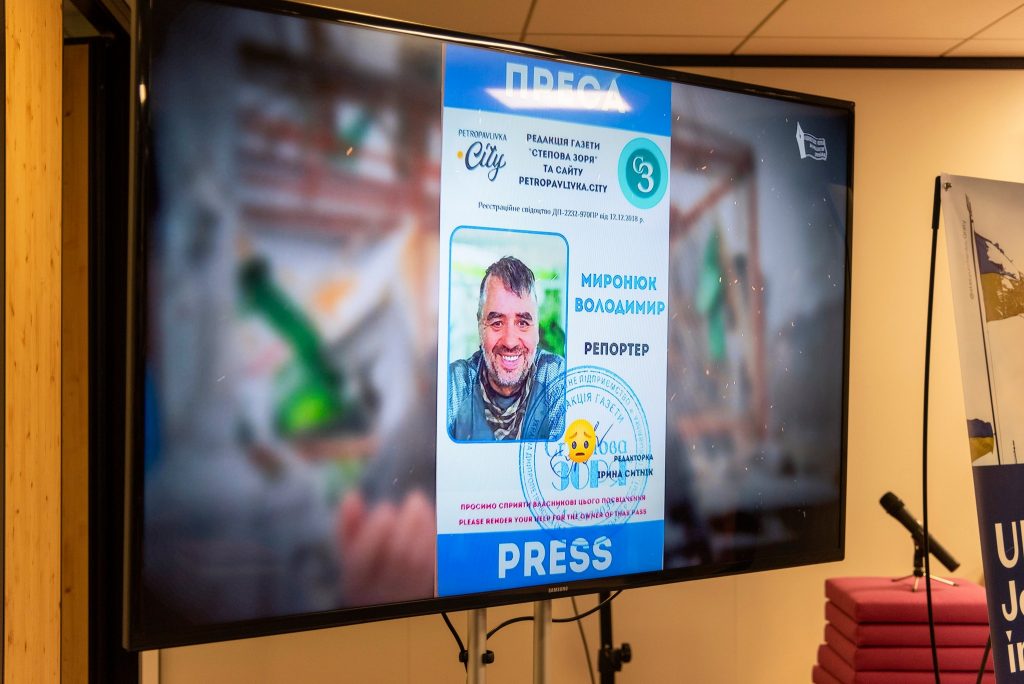

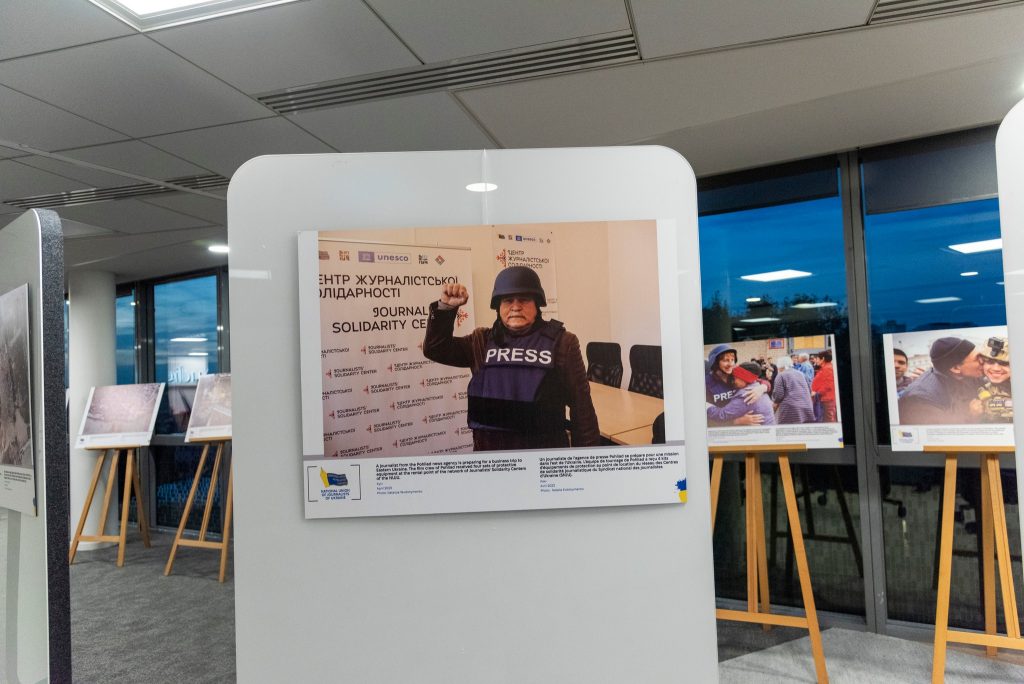
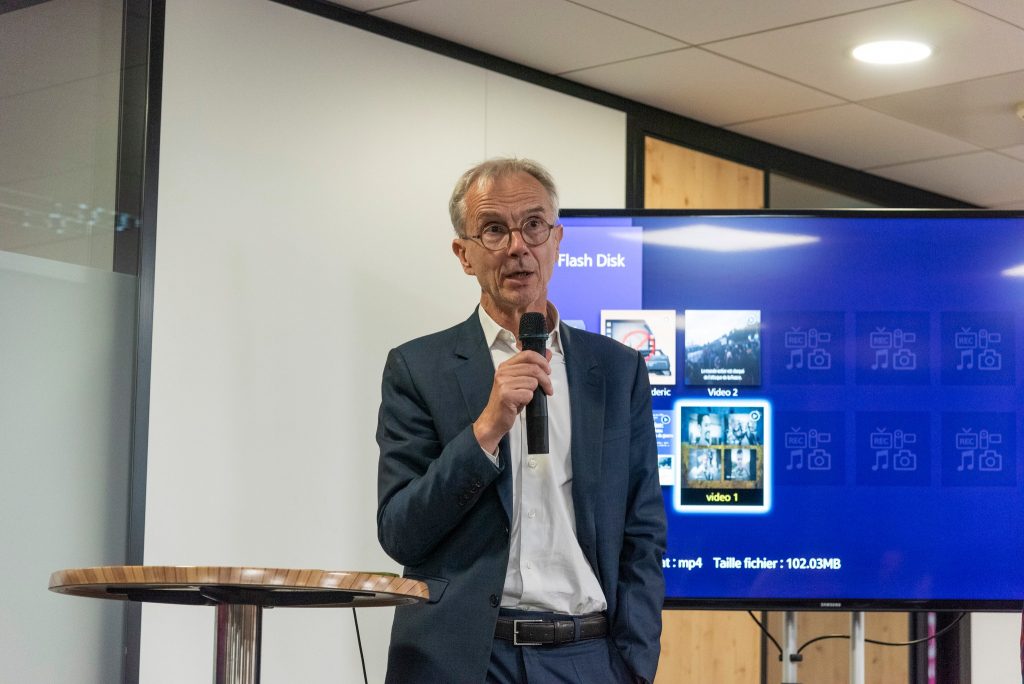
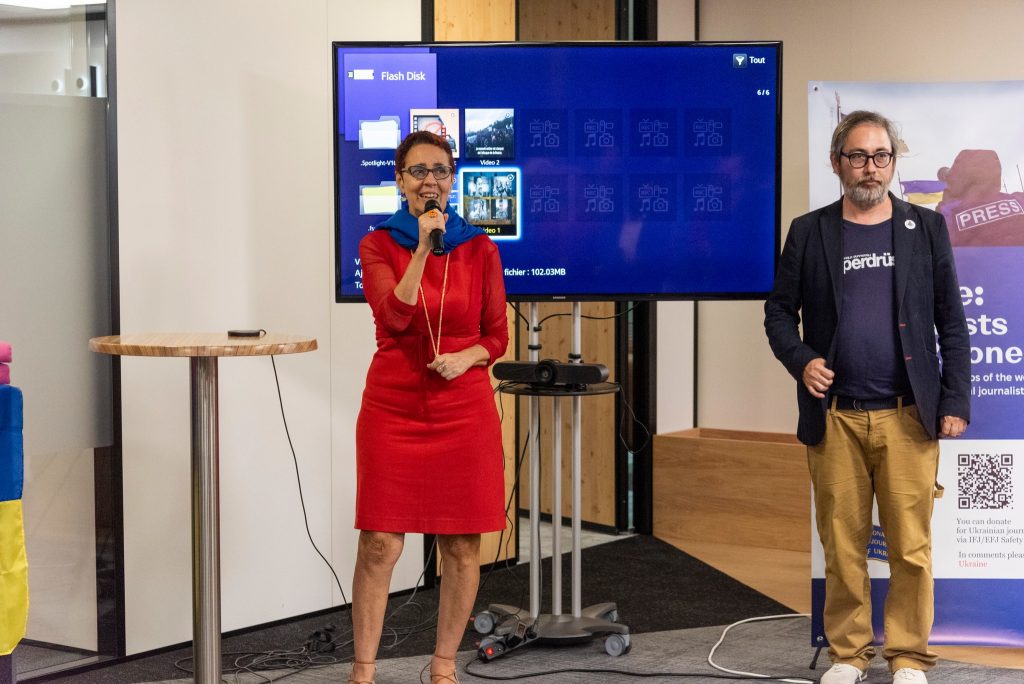
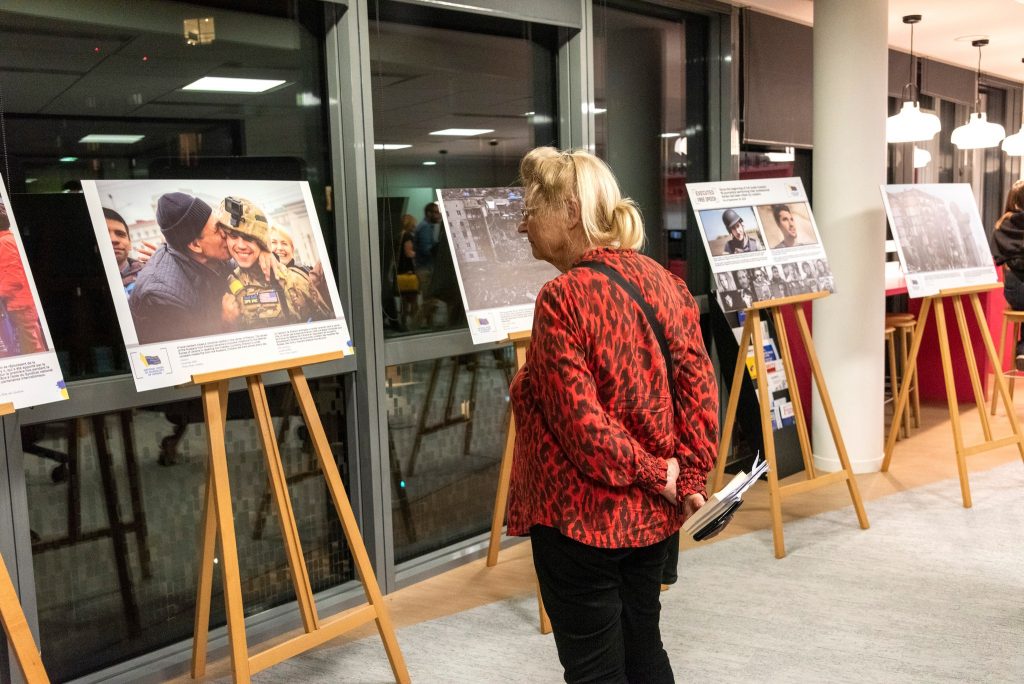
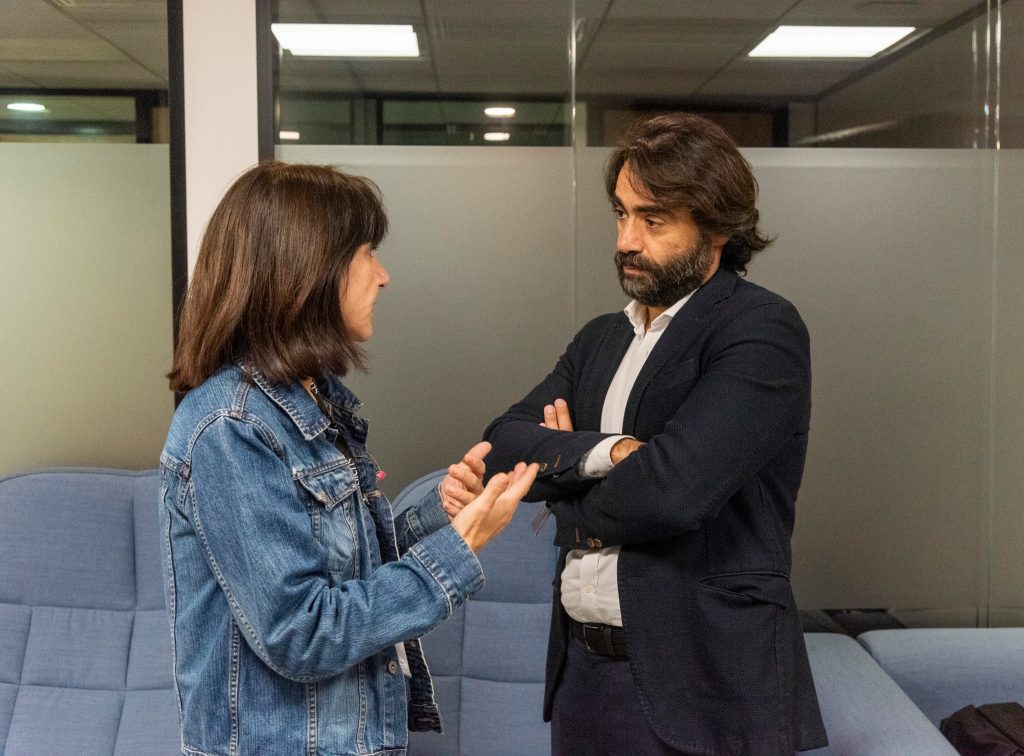
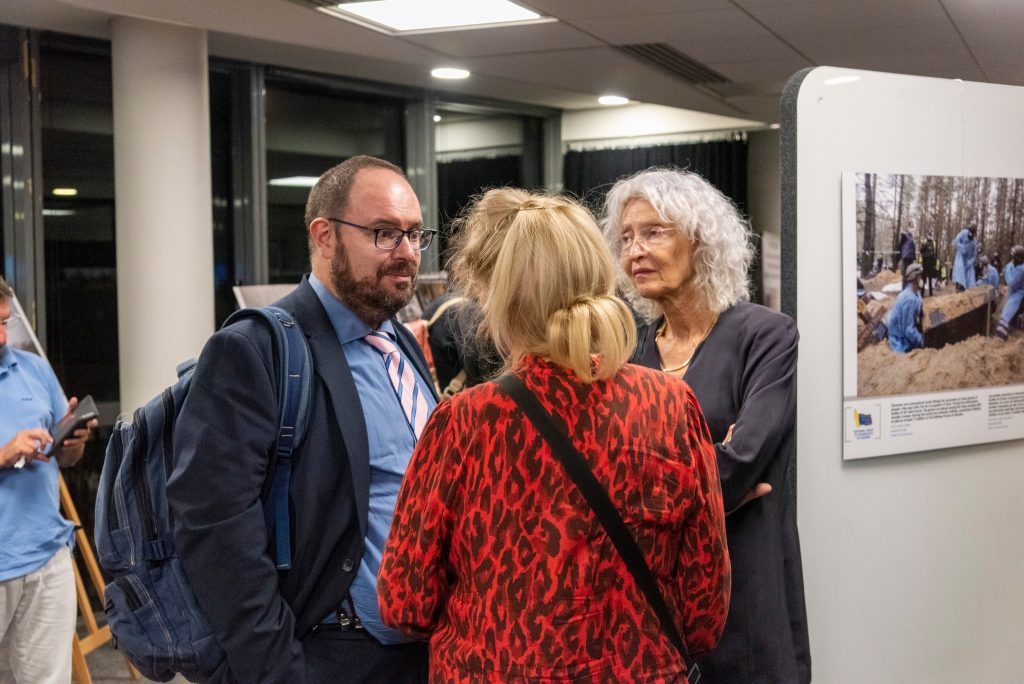
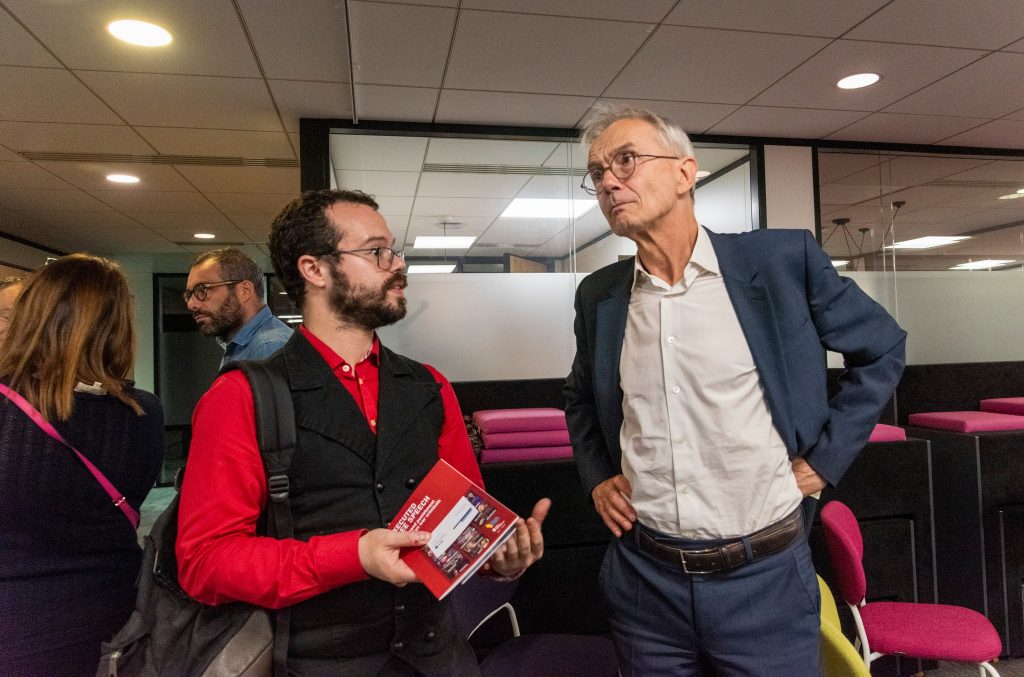
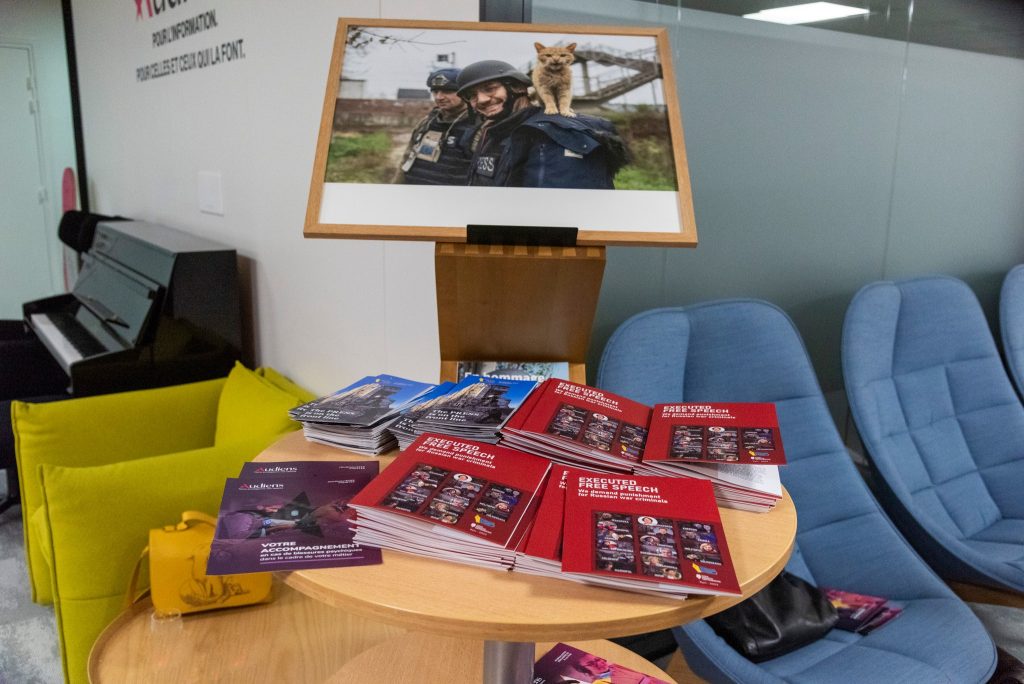
NUJU Information Service
Photo by Woytek Konarzewski
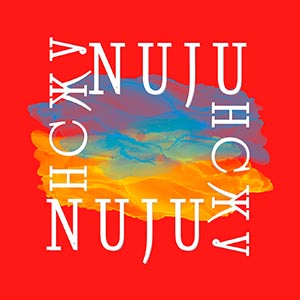
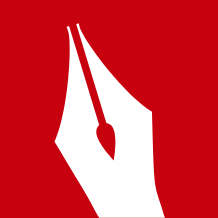 THE NATIONAL UNION OF
JOURNALISTS OF UKRAINE
THE NATIONAL UNION OF
JOURNALISTS OF UKRAINE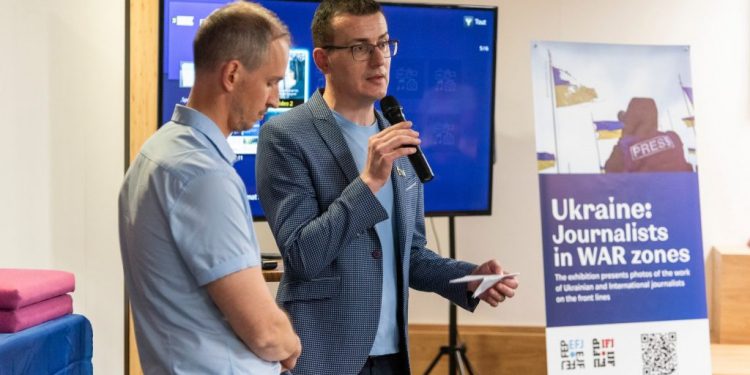

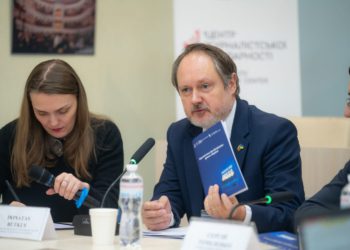
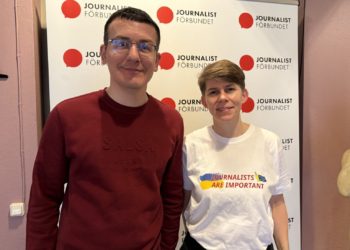
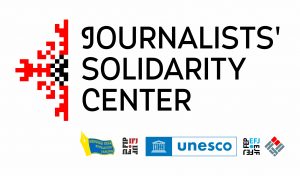
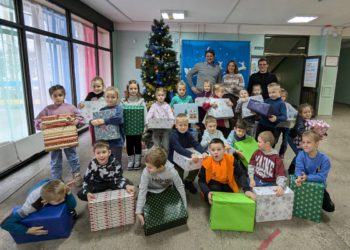







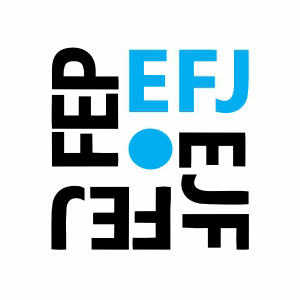



Discussion about this post